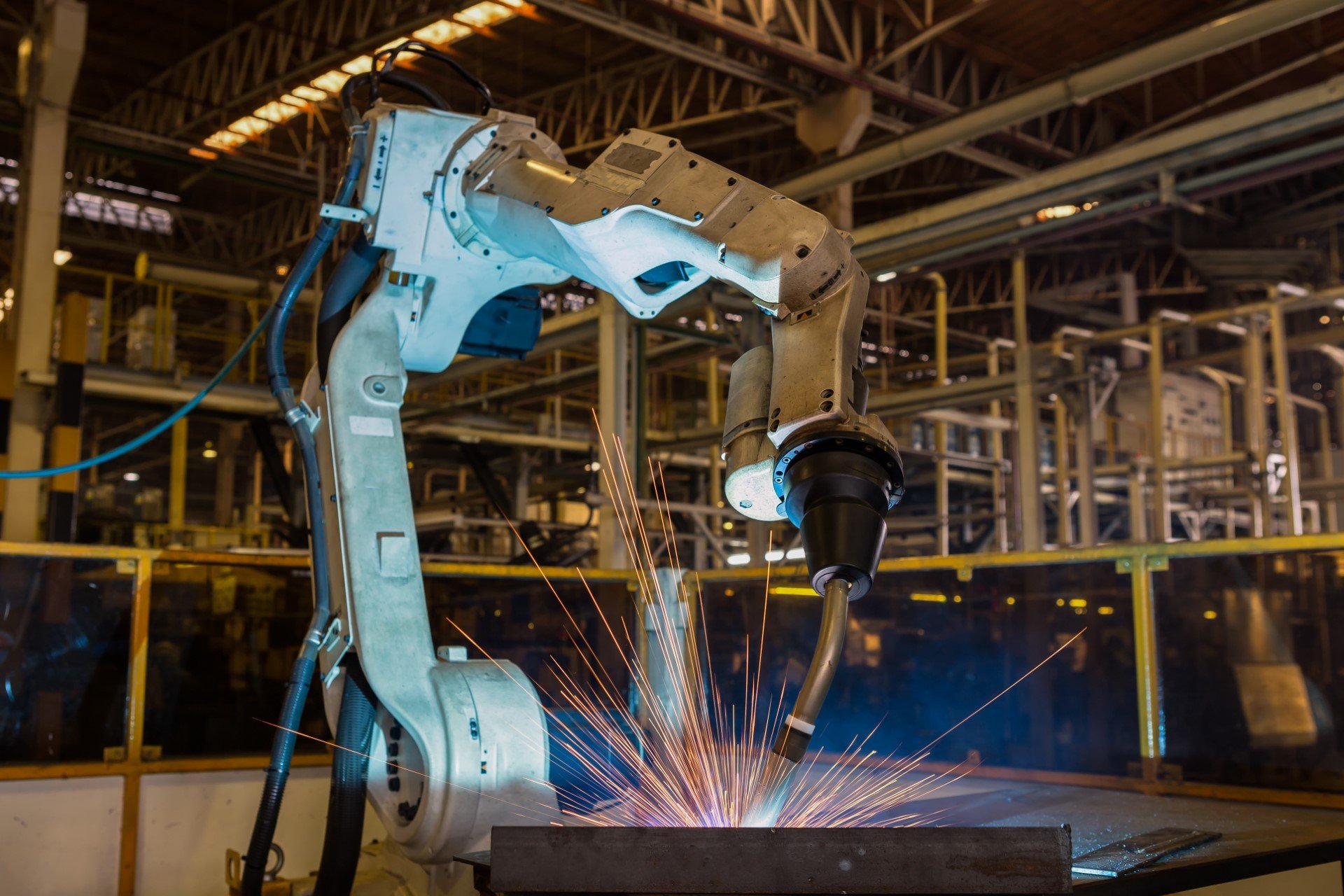
Artificial Intelligence (AI) and Machine Learning for Product & Process Optimization
Machine learning is a subset of AI, and it uses algorithms to recognize patterns in data to help us understand relationships for better outcomes. Outcomes in manufacturing are typically centered out throughput, or maximizing the chance to meet metrics that define a success to fulfill the customer expectations.
Why is machine learning (ML) growing in popularity?
ML is growing because the computing power is readily available to assess hundreds of variables and thousand of lines of data, yet quickly provide insight. Algorithms are better understood. Bottom line, these tools are available in easy-to-use software customized for your operations today.
What to expect from a machine learning model?
The easy-to-understand curves, permutation charts & output data provide insight on actions toward optimized production.
What do I need to get started?
The key to successfully integrating machine learning into your operation is data. In metals, the typical dataset (spreadsheet) consists of the material composition, the process variables, and the metrics that define success, like mechanical properties, known defects (cracks, aesthetics), X-ray quality and so on. Below is an example of a basic dataset, yet it’s not uncommon to have a over 100 variables that may be influencing an outcome, and this is where machine learning shines!
SUCCESS STORIES:
1 – Process Optimization (see overview video)
Steel & Aluminum Mills
Machine Shop
Extrusions (article)
2 – Material Development:
Why ML? To greatly reduce number of iterations.
Aluminum alloy development (Case Study)
New alloy development targeting electrical conductivity & strength


